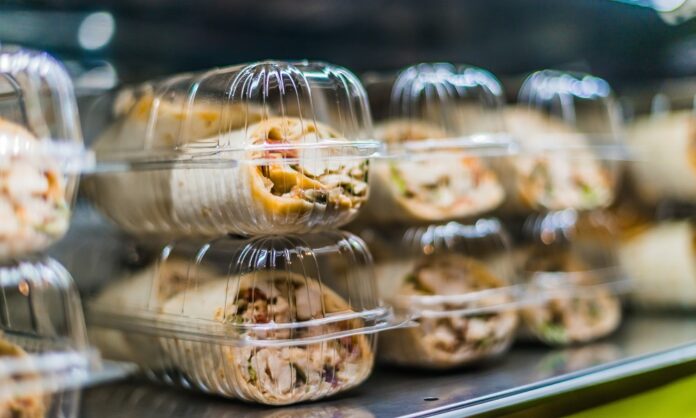Packaged food has become an essential part of our everyday life, especially with the increasing number of people who rely on convenience and ease of access. However, do you know how essential it is to properly package your food? This blog post will discuss the protection that food gets from being packaged and why it is important for food handlers to do it properly.
Extended Shelf Life
Properly packaged foods have an extended shelf life, reducing food spoilage caused by bacteria and other harmful microorganisms. Food packaging offers protection for the final product from light, moisture, and oxygen, resulting in a longer shelf life. The preservation of the food’s quality increases the likelihood of customer satisfaction, prevents possible returns of spoiled products, and reduces the risks of foodborne illness.
Improved Food Safety
Proper packaging decreases the chance of contamination, ensuring that the food stays safe for human consumption. For instance, leak-proof packaging keeps the food hygienic and clean during transportation, providing assurance that the product is fresh. Additionally, well-packaged food can stop harmful bacteria and microorganisms from spreading, reducing the chances of food poisoning or other health-related issues.
Appealing Presentation
Proper packaging also enhances product presentation, which has a direct impact on the customers’ buying decisions. An attractive package is a simple way for manufacturers to maximize branding opportunities while enhancing the overall safety of the product. Great packaging also works best in protecting the food from physical damages, such as crushing or breaking, ensuring that it reaches the target market in perfect condition.
Regulatory Compliance
Food packaging is subject to regulatory compliance requirements in various countries and regions worldwide. Regulations such as measurements, materials, and labeling are often required. For instance, in the US, the Food and Drug Administration specifies the requirements for packaging materials and their ability to preserve the safety, nutrition, and freshness of food enforced through inspections. With consistent packaging conditions provided by many automated machines from places like Crawford Packaging, proper packaging not only meets mandatory requirements but also protects the brand’s reputation.
Cost-Effectiveness
Properly packaged food can also save money in the longer term, despite the investment required to secure a suitable package upfront. It’s much cheaper to prevent potential recalls or returns caused by food spoilage or presentation problems than it is to absorb the associated costs and uphold damages in the long run. It’s essential to ensure that the food is well-packaged, reducing inventory spoilage and costly product returns.
Improved Transportation
Proper packaging also makes it easier to transport food from the manufacturer to its destination. The packaging material provides extra strength and durability, protecting the product from potential damages caused by external factors such as temperature changes and rough conditions during transportation. In addition, foods that are packaged in smaller-sized packages can be placed in bulk containers for better storage and efficient loading/unloading of vehicles, reducing fuel costs and CO2 emissions.
In conclusion, properly packaged food comes with a multitude of benefits that make it essential for food handlers to take the time to package their products correctly. Not only does proper packaging ensure extended shelf life, improved safety, appealing presentation, and regulatory compliance but it also allows for cost-effectiveness and efficient transportation. With proper packaging, food handlers can rest assured that their products will reach their customers in the best condition possible.















